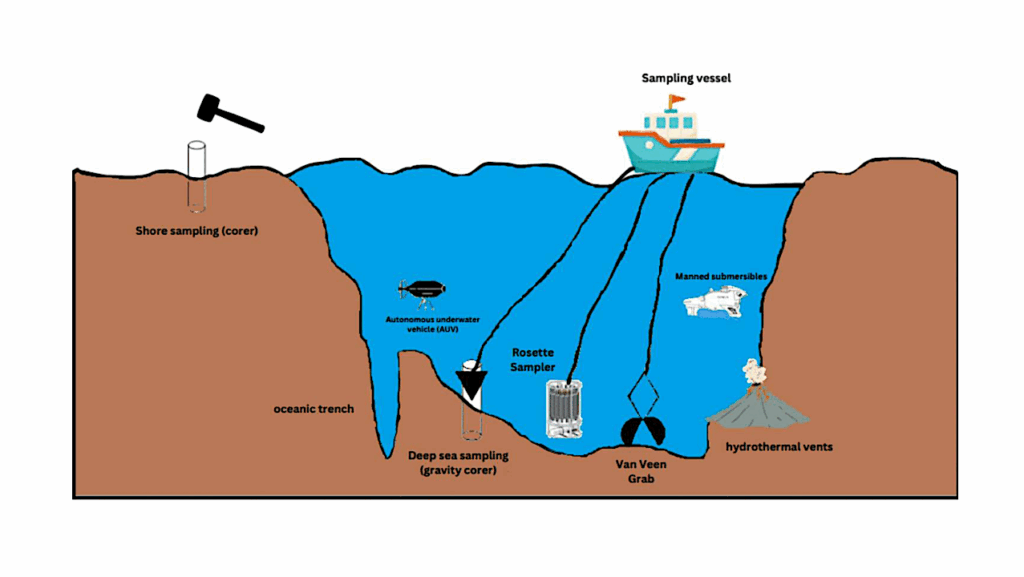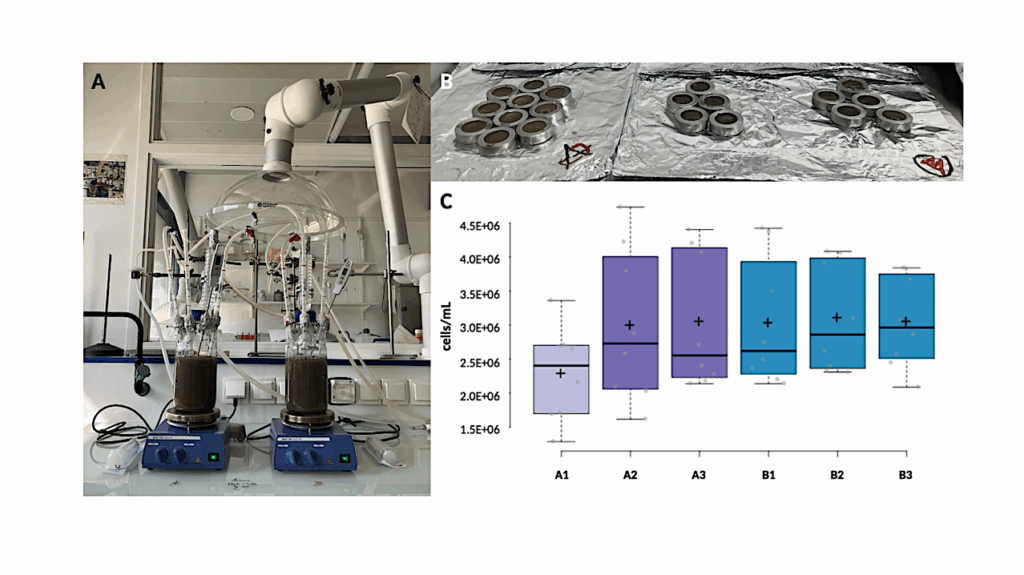Plant Actin Cytoskeleton And Microgravity

The cytoskeleton is a network of thread-like proteins in plant and animal cells that carries out key functions in many biological processes.
The cytoskeleton can sense changes in gravity and sends signals to the cells indicating these changes so they can respond accordingly.
In animals, studying the cytoskeleton provides valuable information for mitigating bone and muscle loss, as well as cardiovascular dysfunction during spaceflight. This image, taken with a confocal microscope, shows a component of the cytoskeleton—called actin—in a living root of the model plant Medicago truncatula. Colors were assigned to highlight different features of the root.
The finger-like structures (yellow-orange nodules) in the image are root hairs, which help plants absorb water and nutrients, among other essential duties. The thread-like structures (light blue and green strands) within the root hairs are actin filaments.
Tools to better visualize actin filaments were developed by NASA-funded plant scientists to understand how microgravity affects plant development and plant response to stresses encountered during spaceflight. These studies aim to enable the development of plant varieties that could help support sustained human presence in space.
Image and text credit: NASA Kennedy Space Center/Noble Research Institute, LLC
https://go.nasa.gov/3K44Aca
Space Biology, Astrobiology








